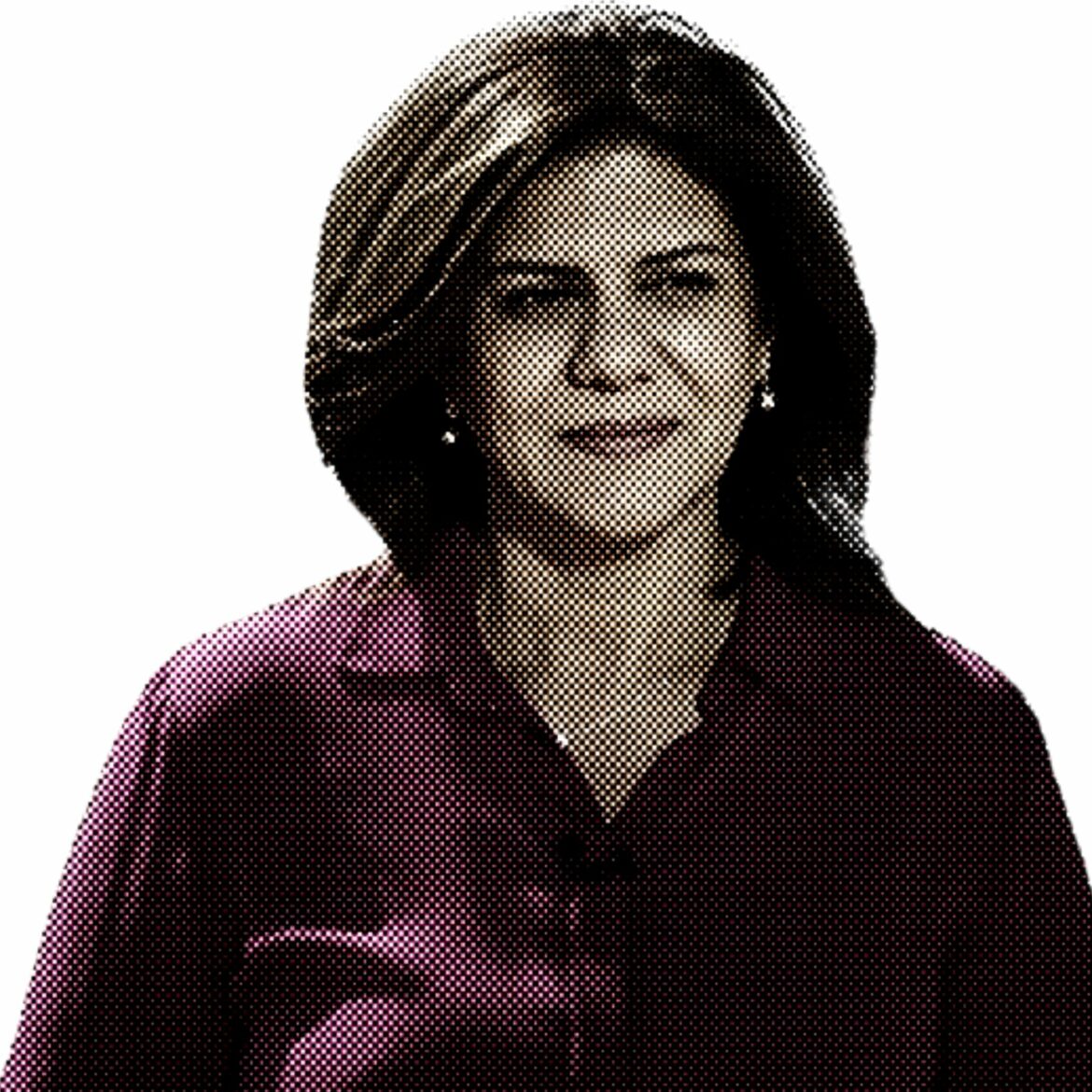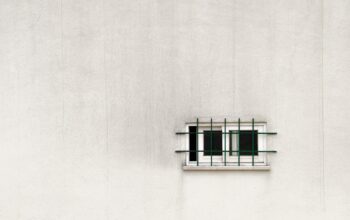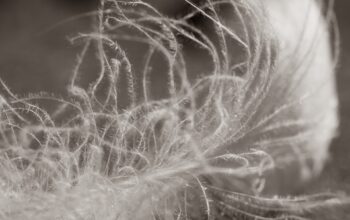It has been almost eighteen months since the Israeli military aggression started on the Gaza Strip, a city in occupied Palestine. The bombardment was resumed after the “ceasefire” breaking in the last weeks. As I am scrolling through the ‘global’ news, the relentless flow of official statements, repetitive international condemnations, and haunting statistics, is what keeps on reappearing to sort of remind humanity of its helplessness and staying as a mere spectator behind the mobile screen. Many of us feel paralysed, burdened with guilt and frustration, as we bear witness to Gaza’s overwhelming devastation; its elders, mothers, children, and entire families violently torn apart. Yet the graphic reality remains: there is very little most of us can practically do. More importantly, this story is not fundamentally about us or our emotional responses, it is about those who are directly impacted, while we are trying to continue navigating with our own lives and realities.

On 21 March 2025, to commemorate Mother’s Day, visual artist Islam Nour, known as in.visualart on Instagram, shared a profoundly evocative, AI-generated artwork, further enhanced through Photoshop. The image portrays a Palestinian mother holding the skeletal remains of her child, instantly capturing deep emotional resonance across social media platforms. Nour’s caption mournfully read: “Glory to mothers who endure the unbearable with a dignity that humbles the world.” Nour’s artistic philosophy, expressed in his bio “Art is not what you see but what you make others see”, capturing the transformative potential of his creations. Reading through his Instagram profile, shows his way of representing the news, the cultural and economic boycott, Israelis normalisation of using medical and humanitarian aid as a war tool, among other messages.
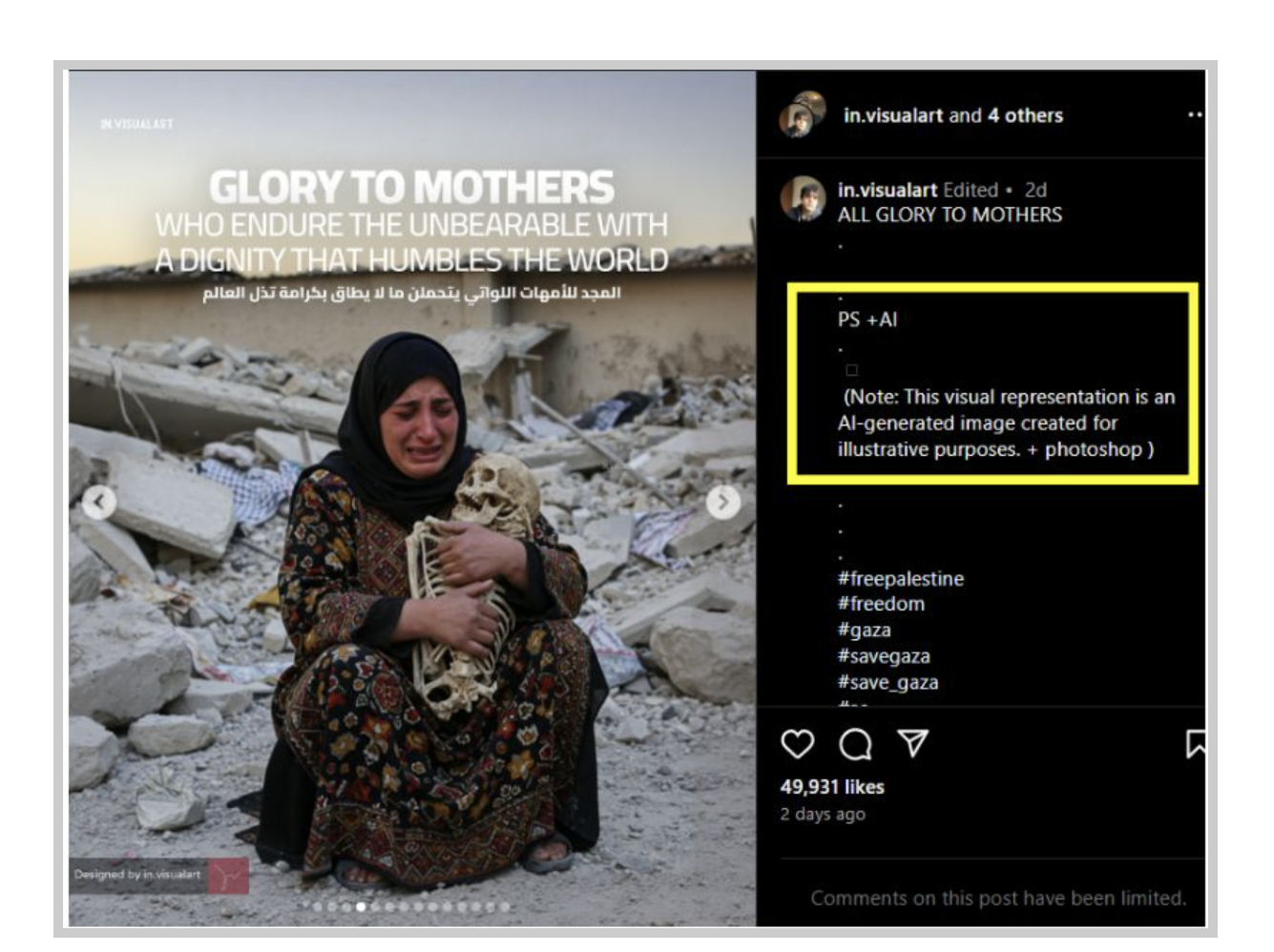
The artwork rapidly spread across social media platforms, prompting investigative responses from fact-checking entities. On 24 March 2025, LogicallyFact published a statement branding the image as “fake,” clarifying its AI-generated nature. This official categorisation raises compelling questions: can art that is transparently artificial in its creation yet emotionally truthful still be termed “fake”? While the artist explicitly mentioned his methodology, the virality and subsequent categorisation reveal complexities in digital representation and audience interpretation.
Islam Nour, through his intentional and provocative artwork, highlights a critical intersection between emotional authenticity and digital creation. Though precise engagement metrics remain elusive, it is clear the image disrupted digital passivity, compelling viewers into emotional confrontation. Initially, I personally avoided the image, overwhelmed by its utter emotional weight. Eventually, forced to confront its reality, I disconnected from the news cycles. Yet, the artwork persisted, haunting my thoughts as a reminder of the ignored reality that is less than three hours and a half by car from Amman. Looking at Google maps and calculating the distance between Amman and other cities in Palestine is sort of agonising habitual; we keep subscribing too whenever we feel nostalgic about simply being there and the “what if…?” question!.

Concurrently, amidst extensive numbness or selective blindness online, individuals like Islam Nour actively engage in re-narrating Gaza’s harrowing reality; a place where at least 61,709 lives have been lost, including 17,492 children, with 111,588 injured and another 14,222 missing and presumed dead, according to Al Jazeera’s live tracker.

In an era saturated with content creators and influencers selling products and lifestyles at every turn and commodifying almost everything, digital resistance is actively reclaiming space in the attention economy. Amid this landscape, 17-year-old Aboud Battah has emerged as a powerful voice from Gaza. In his Instagram bio, he identified himself as the spiritual heir to the late Palestinian journalist Shireen Abu Akleh, who was assassinated by an Israeli sniper with a bullet to the head on May 11, 2022, while reporting on the Israeli invasive riad in Jenin refugee camp.

Using Instagram as his platform, Aboud began reporting daily events from the Gaza Strip, combining raw news updates with a distinctive sense of humor that resonated with millions. His authentic voice and firsthand narratives quickly gained him a massive following from users seeking unfiltered information. However, Instagram recently deleted his account, blacklisted him, and blocked him from creating new accounts, raising pressing concerns about censorship, algorithmic bias, and the silencing of Palestinian digital voices.

It is important to note that unfiltered news content on Instagram gained significant visibility around May 2021, particularly in relation to the events in Sheikh Jarrah; a Palestinian neighborhood in Jerusalem facing attempts of forced displacement and ethnic cleansing by Israeli military occupation force. During the summer of 2021, numerous citizen-journalist accounts emerged as vital sources of real-time information mainly through Instagram lives and documented posts. Among them was Ramzi Alabbasi, who actively documented daily life and unfolding events on his Instagram. His reporting subjected him to persistent threats of arrest. In early 2023, during the month of Ramadan, Ramzi was detained shortly after leaving the hospital where his mother was in a coma following liver surgery. Later that year, he was sentenced to one year in prison, prohibited from producing any media content, and banned from approaching Al-Aqsa Mosque. His mother passed away during Ramadan on April 23, 2023.
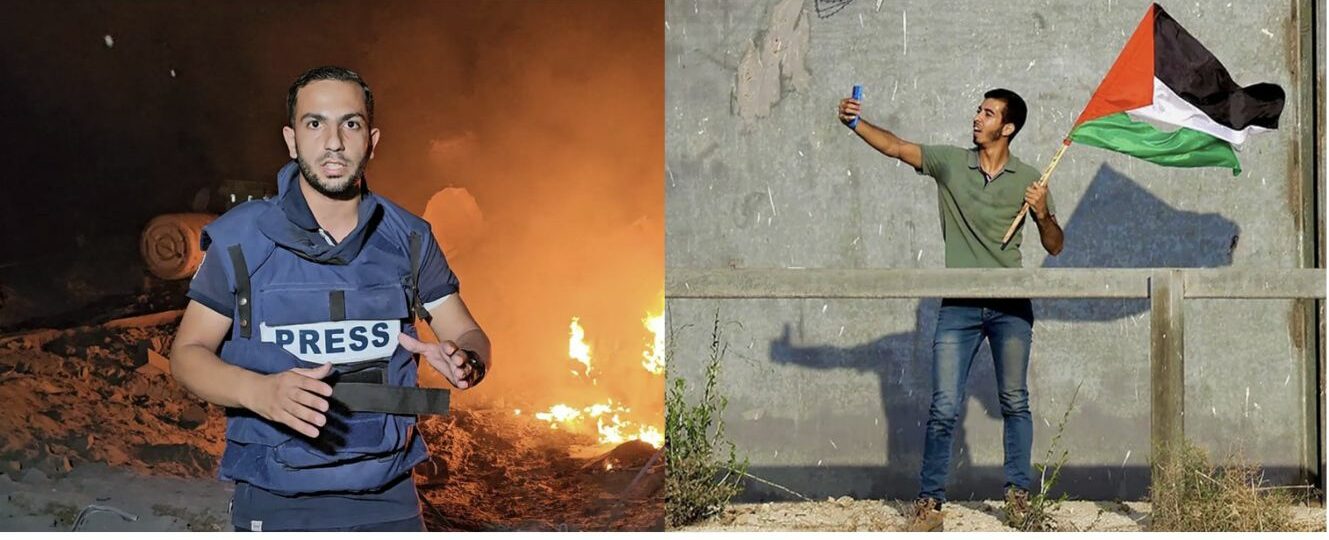
To whom I refer to as praxists, those actively engaged in digital resistance as one form, are, in essence, re-humanising the news. Through their work, stories of suffering are no longer reduced to abstract headlines or casualty figures; they are made personal, visible, and emotionally immediate. Whether it is encountering a powerful image like Islam Nour’s, or watching raw, unfiltered live streams from citizen-journalists in the Gaza Strip such as Saleh Jafarawi, Anas Alsharif, or news reporters such as Ismail Alghoul, Rami AlRefee among many others, these moments bypass the often-biased and politically framed narratives presented in mainstream and legacy media. They immerse spectators into a space of confrontation, one that compels a direct comparison between the comfort of our daily lives and the absence of safety, normalcy, and even life itself under the relentless Israeli bombardment of Gaza who is normalising the use of preventing aid medical and humanitarian., from entering Gaza strip as a war tool. This story is certainly not intended as a comparison between the spectators and those being observed, if such a distinction even applies.
What stood out to me in this narrative is the labeling of the artwork as “fake,” despite the artist explicitly stating their use of AI and Photoshop. The way the image circulated across various social media platforms—particularly on Platform X, known for rapidly trending topics and hashtags—remains ambiguous. Rather than “fake,” categorising the image as misinterpreted information might be more accurate, although clearly, the artist had no intent to mislead the audience.
Although AI-generated in a way translating the vision of the creative person, the artwork effectively communicates symbolic truth and factual accuracy regarding the severe destruction and devastation experienced over the past 18 months. South Africa documented several events the is considered acts of Genocide in Decemebr 2023 for the International Court of Justice (ICJ). This realisation emphasises that the emotional authenticity of an image can hold greater importance than the technical details of its creation. Just as we appreciate war photography or fictional films depicting genuine suffering and conflict, the artwork’s power stems from its emotional resonance.

Among the most iconic images and stories that have emerged recently is the latest televised news of journalist reporter Ismail Alghoul, who was reporting his iconic story after the assassination of Ismail Hanieh on 31 July 2024 morning, were Ismail Alghloul placed framed photograph of Ismail Hanieh on top of the rubble to where he was assassinated and streamed the news. Almost while Ismail Alghoul was reporting (shortly after), he was targeted by an Israeli air strike along with his colleague cameraman Rami AlRefee.
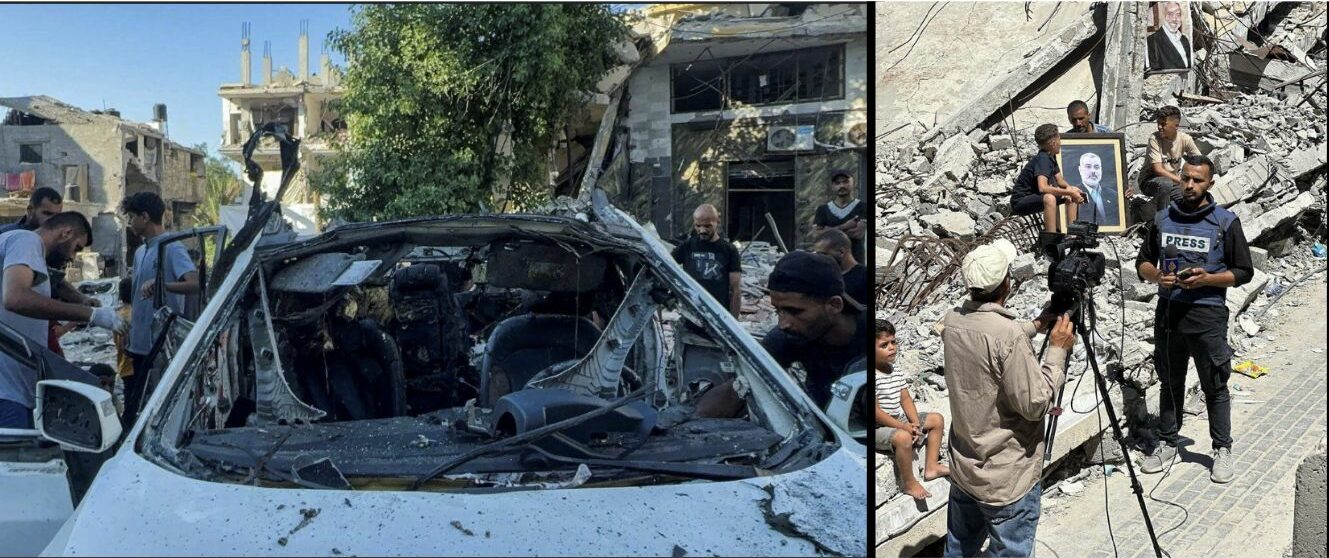
Suhad Alkhatib who identifies herself as a founder of Studio Om Jeneen in Amman, is a Palestinian multimedia artist, painter, filmmaker, and designer. Originally from Lyd and Tulkarm, she now lives in exile. Is concerned with documenting through her studies-art the stories of Palestinian martyrs. Recently, Suhad released her first book which is accumulative stories and testimonies gathered over eight years, “Study on Truth” is an evocative exploration of the Palestinian narrative as Suhad describes it. If you follow Suhad on her Instagram page, you will see her continuous engagement on documenting, narrating, and informing about events, resistance, people, and Palestine.
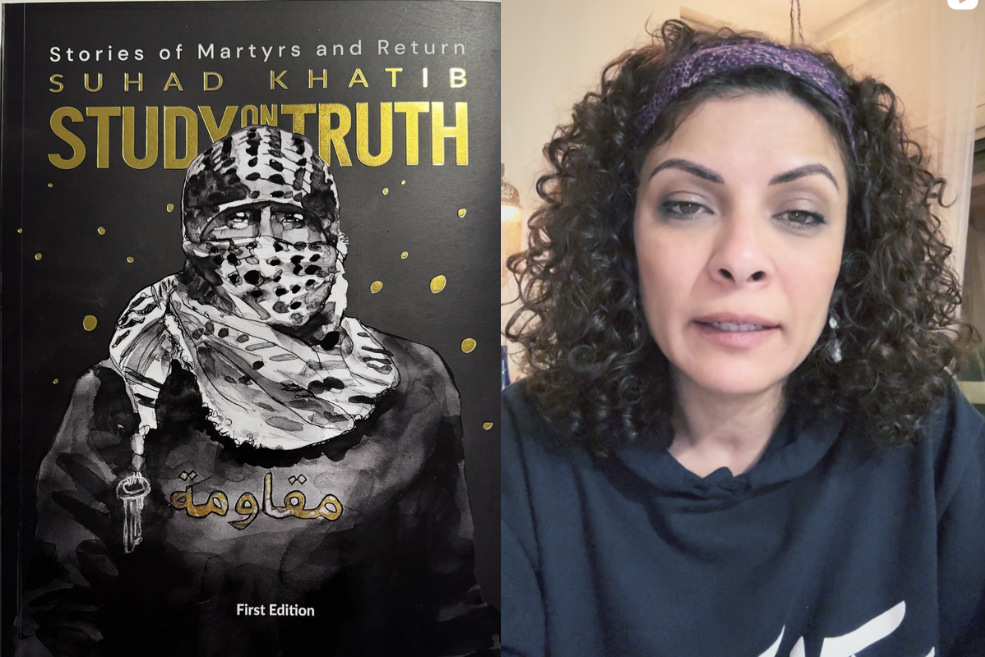
As Suhad put it, it is a story on Truth.
Suha M. Ayyash
